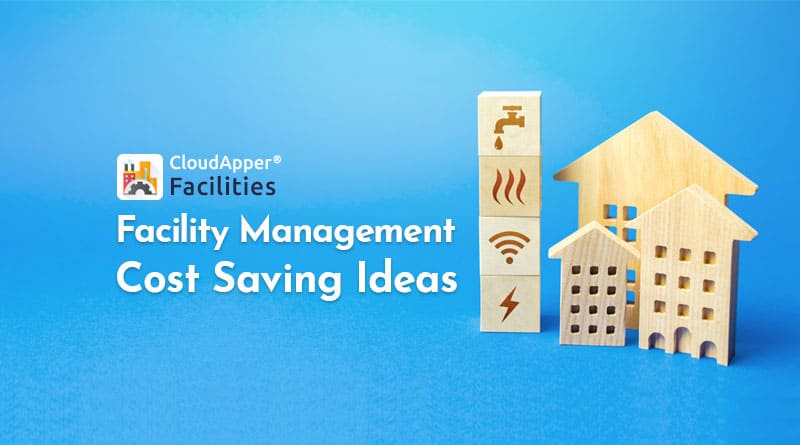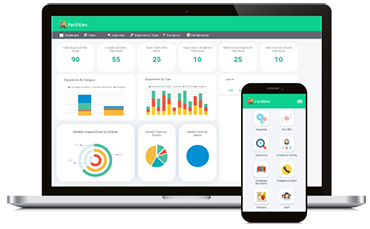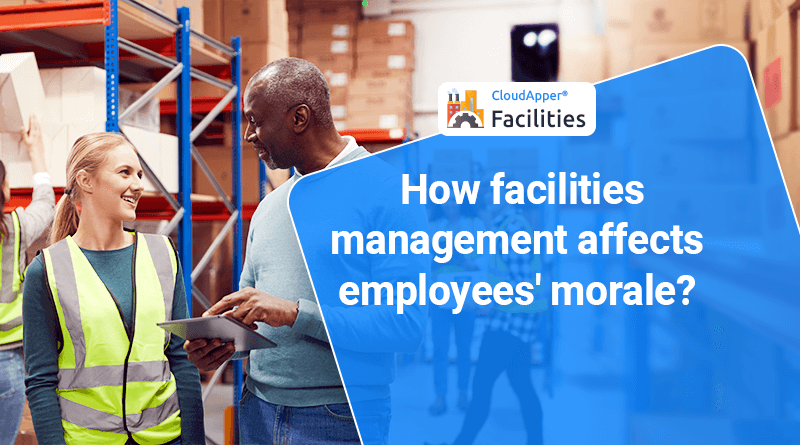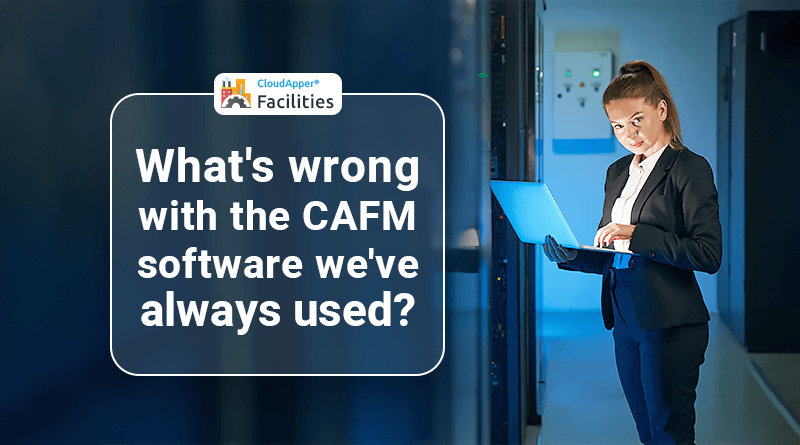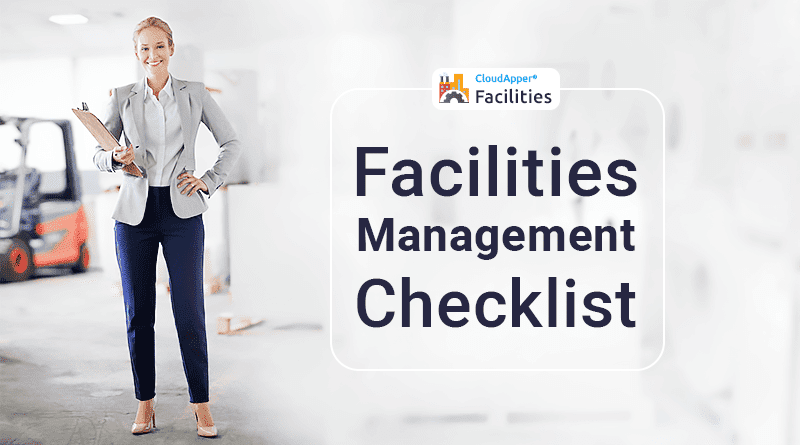Table of Contents
Because of the ongoing crisis, cost reduction initiatives cover all industries. Our team has compiled a list of our top 20 cost-saving ideas for facility management to provide little useful information in the coming months. The global pandemic has a drastic effect on the operations and maintenance of buildings, and many people still wonder how they can achieve their goals. This list includes strategies to reduce maintenance costs, improve the energy efficiency of your facility management and reduce operating costs in general!
Ideas for easy management Top cost savings
1) Think long-term.
One of our first cost-saving ideas for facility management calls for long-term thought. Professionals in facility management should see each of their decisions as a future investment. If you compare your options, please take into consideration the long-term ROI (return on investment) of implementing your decisions.
2) Seek continuous improvement.
If you want to reduce operating costs in your facilities seriously, your efforts should be accurate. Cost-saving ideas for facility management often require continual improvement and further research. This can be an awkward job but in the long run, the reward can be huge. Make sure that a plan is developed, key metrics, and implemented. By dividing your operations into little jobs and projects, the process would be easier.
3) Monitor your indoor air quality (IAQ)… it could save you thousands.
Over the years, air quality for installations and their employees has become an increasing priority. Indoor air quality has demonstrated a long-term exposure to increased risk of respiratory disease, cardiac disease, and even death.
Furthermore, poor air quality indoors might have a negative efficiency in facility management. Monitoring and optimizing your IAQ not only accounts for your employees, customers, and employees but can save you thousands of dollars in energy annually. We at one west coast University saved $7,000 by taking control of their indoor air in their sports facility alone.
4) Create replicable maintenance procedures (and cut unnecessary ones).
The simplification of your maintenance protocol is one way to reduce labor costs. Creating standard replicable processes internally at each stage of your operation not only works as one of the best cost-saving ideas for facility management but could reduce the work hours required significantly.
5) Put a preventive maintenance plan (PMP) in place for operating efficiency.
A preventive maintenance plan has been established to:
- Reduce maintenance costs and machine failures
- Decrease downtime for repairs
- Increase the service life of parts
- Increase production
- Improve operator safety
- Raise your company’s bottom line
You can use a predictive analytics platform such as CloudApper Facilities to analyze and monitor HVAC data. This ensures the efficiency of your installations in terms of heating, cooling, and air conditioning.
6) Implement an occupancy-based ventilation schedule.
The “set it and forget it” mentality’s days are gone. The data are clear, and the value is enormous occupancy-based ventilation is a viable way to reduce unnecessary energy expenses. This was shown when our predictive analytics was used by a local casino to discover times when ventilation could be reduced. Here we have written a case study.
7) Implement software to make your job easier, and more productive.
There are different software for facility management available, but how can you decide what to do? The use of CMMS is a good starting point, but you will see the biggest bang in your buck with the addition of a Facility Management System. The highly smart systems have API integration capabilities, which really make your life easier as a professional facility manager. To track and monitor your indoor environment and HVAC performance, CloudApper Facilities connects easily with any building automation system.
8) Retrofit existing building systems.
The refurbishment of existing commercial buildings often involves modifications that improve energy efficiency or cut energy demand. Retrofits to energy efficiency can help reduce operating costs, in particular in older buildings, and can help attract residents and gain a market advantage.
9) Utilize an IoT-enabled monitoring system with your CMMS.
When you report changes after implementing energy efficiency initiatives using a building system, your equipment must be regularly audited to ensure that the equipment itself isn’t overworked. This is important for equipment categories such as HVAC. The daily audit of set points by means of a remote monitoring platform enables you to reset your setpoints automatically. You will be guaranteed to run your HVAC at the right temperature. The efficiency of your HVAC can be tracked and monitored by CloudApper Facilities.
10) View energy efficiency as an investment strategy.
According to DNvgl.com, energy efficiency is seen by more than 50 percent of managers and business leaders in mid-to large-scale commercial establishments. More than 80 percent of those taking energy-saving measures reported at least one positive business advantage, including lower operating costs or higher productivity for employees.
11) Analyze your current energy consumption.
Know how much, where, and when you are spending, so that you can plan and adapt for the future.
12) Itemize your building’s energy usage.
In order to find areas to optimize it, you must know exactly where your energy consumption comes from.
13) Seek out stable, long-term energy costs.
When searching for possible options, ensure that you have control of which energy provider your facility utilizes. The differences may appear tiny, but over time they can save your facilities substantially.
14) Upgrade your lighting, yesterday.
LED light bulb upgrade is a flawless brainer. These high-efficiency light bulbs are shown to be at least 75% less powerful than incandescent lighting and to last up to 25 times more time. In your facilities, energy.gov declares, these bulbs affect the energy: ‘The broadest use of LED lighting in the United States has the biggest potential effect on energy savings.
In 2027, the prevalent use of LEDs would save about 44 megawatts (1000 megawatt) yearly electricity, with total savings of more than $30 billion at present energy costs, especially in comparison to no LED use.
15) Pool the costs of multiple facilities together.
It is in your best interests to leverage savings of scale to cut operating costs if you manage several (or more than 1) facilities. You will probably get the best prices for things such as electricity, mechanical, maintenance and more if you are offering multiple facilities every year.
16) Use a variable frequency drive on your equipment.
It is an excellent way of achieving significant savings by operating the equipment motors using a Variable Frequency Drive (VFD). VFDs are engine controllers which vary the frequency and voltage of the electric motor.
17) Monitor your HVAC system very, very carefully.
The substitution in a large facility for an HVAC system can cost tens of thousands of dollars. It’s probably one of the most costly pieces of equipment you manage in your buildings, so it’s important to deal with it like this. You should continue monitoring this asset with a remote BAS and IoT monitoring device. This is recommended.
18) Seal up your ducts.
Densification and insulation of air ducts can limit energy consumption in your cooling system by up to 20%.
19) Train your employees and technicians correctly.
Your maintenance processes should be structured so that the operation is simplified and efficient. Make sure that you train your staff to avoid repeated maintenance.
20) Ensure safe work practices.
It’s only meaningful. By handling their jobs with care and caution, your technicians and maintenance personnel will have a much less chance of hurting themselves or the machine. Both can be very expensive.
In Conclusion
These are proven operating cost management strategies that can be implemented in order to save energy, labor, and material costs. At CloudApper, we are committed to helping you achieve all this while enhancing the workforce experience with our app.
What is CloudApper AI Platform?
CloudApper AI is an advanced platform that enables organizations to integrate AI into their existing enterprise systems effortlessly, without the need for technical expertise, costly development, or upgrading the underlying infrastructure. By transforming legacy systems into AI-capable solutions, CloudApper allows companies to harness the power of Generative AI quickly and efficiently. This approach has been successfully implemented with leading systems like UKG, Workday, Oracle, Paradox, Amazon AWS Bedrock and can be applied across various industries, helping businesses enhance productivity, automate processes, and gain deeper insights without the usual complexities. With CloudApper AI, you can start experiencing the transformative benefits of AI today. Learn More
